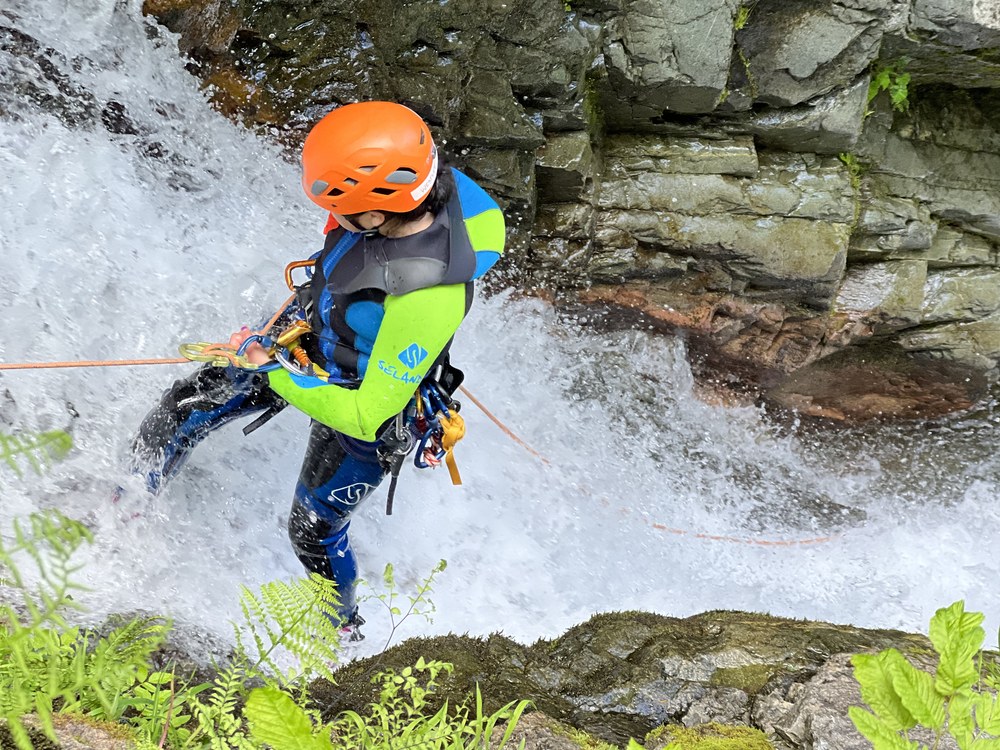
Did you know that algae are one of the oldest life forms? They’ve been producing an estimated 30-50% of the Earth’s net global oxygen for the past three billion years and can be found throughout the world on snow, fresh water, salt water, and even animals. Nearly all life owes its existence to this small but mighty organism.
Many algae are extremely sensitive to changes in their environment, such as shifts in pH, nutrient levels, and temperature. Their sensitivity makes them key indicators of an ecosystem’s health, and scientists are able to monitor water quality by examining the amount of algae, as well as the various types of algae, in a given location. When there is a shift in an ecosystem — often due to some level of disturbance — algae can multiply enough to produce large patches called “blooms.” These blooms can discolor the water, deplete its oxygen, and in some cases poison the surrounding aquatic wildlife.
One cause for algal blooms is the introduction of invasive species. Invasive species are non-native species such as plants, animals, or microbes that are introduced from one ecosystem into another. By preventing the introduction of invasive species into our aquatic ecosystems, we can lessen the possibility of algal blooms and the harmful environmental consequences that come with them.
How to be a responsible recreationist this summer
As we dive into summer and find ourselves recreating in all the wonderful environments that the Pacific Northwest has to offer, it is our responsibility to be stewards of the land and protect the waters where we play. Whether you’re rappelling through waterfalls in our Waterfall Canyoning Course, hitting the high seas with a Mountaineers sea kayaking trip, or delving into the world of packrafting, the importance of recreating responsibly applies to everyone who recreates on water.
Here are three easy steps for preventing invasive species introduction and protecting our waterways:
Step 1
Clean your gear. Remove mud and any extra debris from your wetsuit, shoes, and any other gear you have on. There’s no need to purchase any fancy supplies — you can use tap water, or even the water you just recreated in. Pro tip: a stiff-bristled brush comes in handy when removing debris from the bottom of your shoes.
Step 2
Drain excess water. Even the smallest amount of water can be home to invasive species, so be sure to drain as much standing water out of your watercraft as possible. Pro tip: Gravity is your friend! Flip your boat upside down to drain out any excess water.
Step 3
Dry your gear and watercraft. After giving your gear a good rinse and drain, leave your gear outside to dry. Dry gear is much less likely to transport unwanted hitchhikers. Pro-tip: Using a small microfiber towel will help speed up the drying process.
Whether your watercraft moors on a lake, packs down to fit inside your vehicle, or paddles the sea, armed with these tips, you’ll be ready to adventure with purpose as a responsible water recreationist this summer.
This article originally appeared in our summer 2023 issue of Mountaineer magazine. To view the original article in magazine form and read more stories from our publication, visit our magazine archive.
 Westlee Craig
Westlee Craig